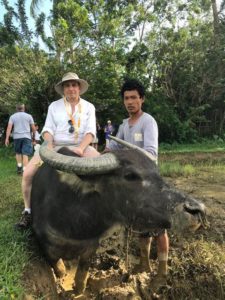 I was traveling. That’s my excuse for being a bit tardy on this wrap of the year in science traveling, 2018. And what a year of traveling it was, with 8 new countries visited, plus a lot of domestic travel. Click on the links for stories about some of the stops.
I was traveling. That’s my excuse for being a bit tardy on this wrap of the year in science traveling, 2018. And what a year of traveling it was, with 8 new countries visited, plus a lot of domestic travel. Click on the links for stories about some of the stops.
It was a bit of a slow start, with only one significant trip in the first 2-1/2 months. The end of January took me to Sanibel Island and Fort Myers, Florida to visit the Thomas Edison/Henry Ford Winter Estates, the Mote Marine Lab (in Sarasota), and explore nature on Sanibel. February and March kept me mostly local with tons of Lincoln-related events, including a weekend trip to Newport News for the annual Battle of Hampton Roads event (including touring the facility with none other than Abraham Lincoln).
In April it really got busy travel-wise, a condition that didn’t let up for the rest of the year. Early in the month I was scheduled to give a presentation in West Virginia, after which I was starting my Chasing Abraham Lincoln, Part 1 tour. At the last minute I had to scrap the whole trip and instead drive up to Massachusetts where my father had gone into the hospital. After my return, virtually every day was filled with some sort of event, plus a short trip to Fredericksburg for the annual CPRC meeting.
I finally was able to take my Chasing Abraham Lincoln, Part 1 trip in early May. This had originally been planned for March, then due to a huge snowstorm in my target area put off to April, which as mentioned above was again rescheduled at the last moment. The road trip took me down to Tennessee and Lincoln Memorial University, where I spent the day in the Abraham Lincoln Library and Museum. For the next 8 days I wound my up through Lincoln’s birthplace in Kentucky, his boyhood home in Indiana (with a day spent researching in the Allen County Public Library Lincoln Collection), then up to Michigan to see the actual chair Lincoln was sitting in when he was assassinated.
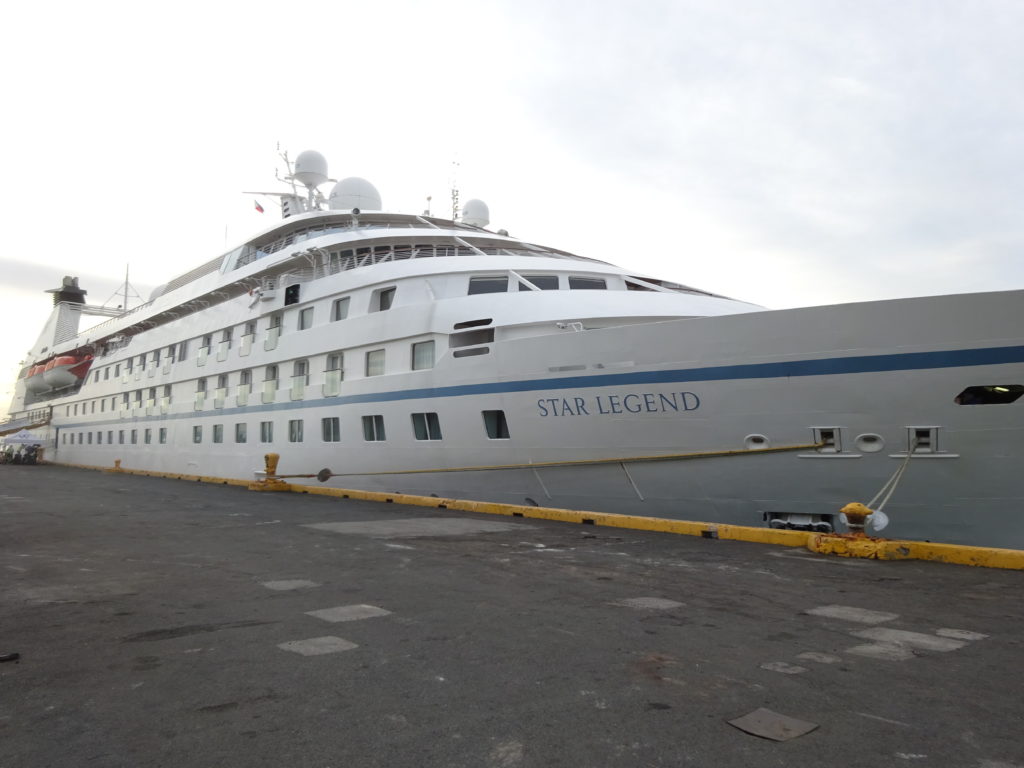 The end of June put me on a Windstar Cruise into the Baltic Sea. Windstar specializes in small yacht cruises so we got to know the other 200 passengers well during the 11-day cruise. Starting in Copenhagen, we stopped in Bornholm, Poland, Lithuania, Estonia, Russia, Finland, the Aland Islands, and finally into Stockholm. Windstar offers such great cruises that this was the first of two we took in 2018.
The end of June put me on a Windstar Cruise into the Baltic Sea. Windstar specializes in small yacht cruises so we got to know the other 200 passengers well during the 11-day cruise. Starting in Copenhagen, we stopped in Bornholm, Poland, Lithuania, Estonia, Russia, Finland, the Aland Islands, and finally into Stockholm. Windstar offers such great cruises that this was the first of two we took in 2018.
Part 2 of my Chasing Abraham Lincoln tour took place in mid-July. Over 9 days I zigzagged my way around Illinois to see dozens of Lincoln statues, all 7 of the Lincoln-Douglas debate sites, and other key locations related to research for my next Lincoln book. I even got to see Lincoln and Douglas debate in person.
August took me back up to Massachusetts to visit my family. I made three trips up in 2018, and each time my father was in the hospital or rehab so I never saw him at home. On this one I also drove up to Maine to visit my brother who had become President/CEO of the Schoodic Institute, a non-profit associated with Acadia National Park. On my return I picked up my son for a week’s stay in the DC area.
 Three days later we flew out to Oregon to begin a 10-day road trip in early September starting in Crater Lake, up the Oregon coast, through the Columbia River Gorge, into eastern Washington state, through Idaho and into Montana to spend a couple of days in Glacier National Park.
Three days later we flew out to Oregon to begin a 10-day road trip in early September starting in Crater Lake, up the Oregon coast, through the Columbia River Gorge, into eastern Washington state, through Idaho and into Montana to spend a couple of days in Glacier National Park.
Okay, breathe. The rest of September and October was time to catch up at home and prepare for the next trips. No, we weren’t done by a long shot.
From mid-November until Christmas we didn’t stop. I drove up to Gettysburg for the annual Lincoln Forum conference. A day later I was driving to Massachusetts for the Thanksgiving holiday. Then few days after that we were again on a plane, this time flying to Hong Kong to board our second Windstar Cruise for the year. For 14 days we toured five different parts of the Philippines (Hundred Islands, Manila, Boracay, Coron, Palawan), two parts of Malaysia on the island of Borneo (Kota Kinabalu and Kuching), and the tiny country of Brunei (officially, “Nation of Brunei, The Abode of Peace”). After finishing the cruise in Singapore we spent a four days exploring the city that spawned the book and movie, Crazy Rich Asians.
I flew home from Singapore less than a week before Christmas while Ru flew on to Beijing to spend a few days with her family. When she returned on Christmas eve she was accompanied by her mother, who will spend the next three months visiting.
Clearly 2018 was a busy year. I estimate that I took between 10,000 and 15,000 photos in one year, and going through them is always a slow process. Regular readers of this page will have seen many of the trip posts I’ve done during the year and I’ll continue to write posts to catch up. How quickly that happens will depend on how much time my upcoming travel and writing allows.
So what about 2019? Trips are already booked for Costa Rica and Cuba and I am planning a Part 3 of Chasing Abraham Lincoln, proven necessary after I realized how much I missed on the previous two trips. I’ve had tentative plans to rent an apartment in Paris in the spring to do research for a forthcoming book, but so far haven’t done much to prepare for it. I’ll plan at least one family trip to New England with the likelihood it will end up being two or three trips. I’ll definitely be at the Lincoln Forum in Gettysburg. Where else I go is still rather fuzzy. Domestic options include a Southwest road trip, Chicago, Charleston, and various other Lincoln-related sites. International travel options currently on the radar include Iceland, Banff, Galapagos, and Antarctica/South America.
And somewhere in there I need to keep writing. I was able to write during sea days on both Windstar Cruises, but usually I’m so busy on travel that I can’t get much done on the road (other than writing about the current trip itself, which some day will be fodder for Bill Bryson-ish travel memoirs).
As Mark Twain wrote in Innocents Abroad:
“Travel is fatal to prejudice, bigotry, and narrow-mindedness, and many of our people need it sorely on these accounts. Broad, wholesome, charitable views of men and things cannot be acquired by vegetating in one little corner of the earth all one’s lifetime.”
Happy Science Traveling!
David J. Kent is an avid science traveler and the author of Lincoln: The Man Who Saved America, in Barnes and Noble stores now. His previous books include Tesla: The Wizard of Electricity and Edison: The Inventor of the Modern World and two e-books: Nikola Tesla: Renewable Energy Ahead of Its Time and Abraham Lincoln and Nikola Tesla: Connected by Fate.
Check out my Goodreads author page. While you’re at it, “Like” my Facebook author page for more updates!
Like this:
Like Loading...
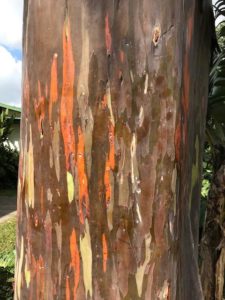
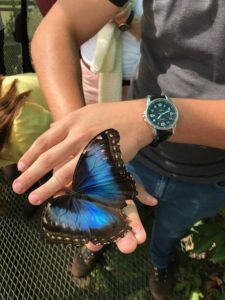
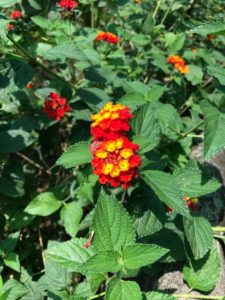
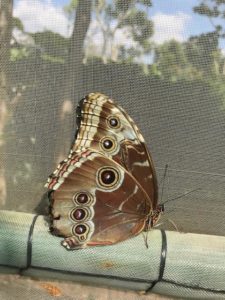
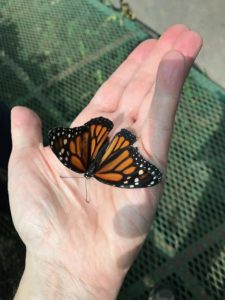
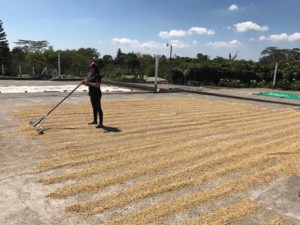





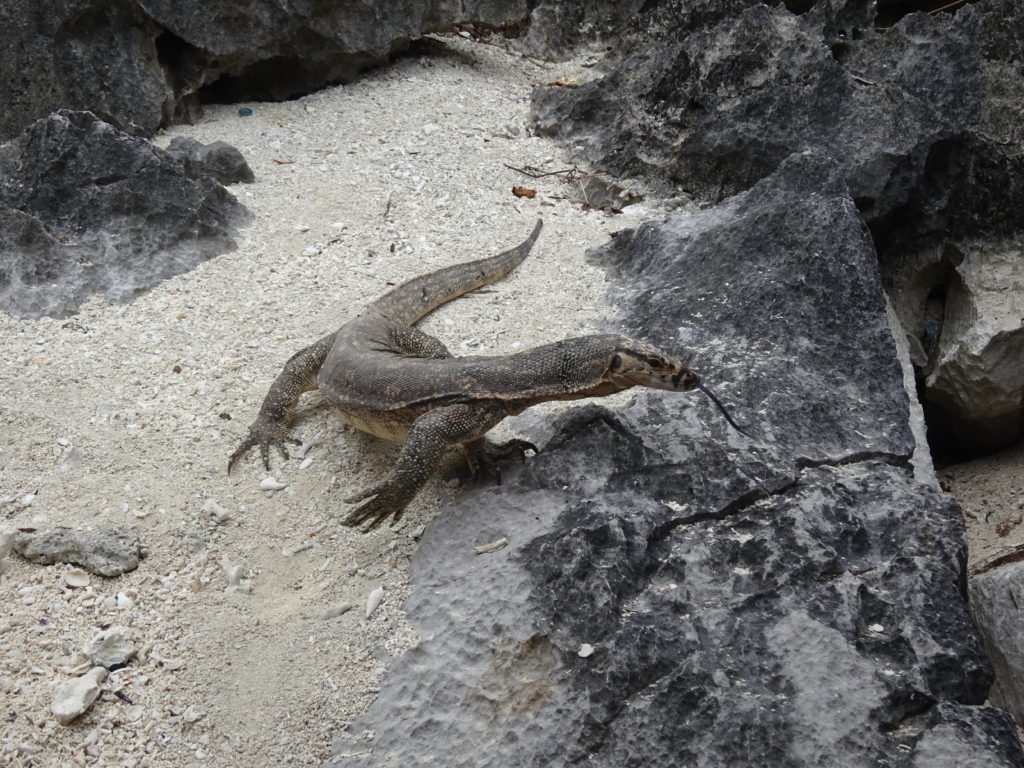 A close relative of the somewhat larger and more famous Komodo Dragon, all monitor lizards belong to the genus Varanus, a word derived from the Arabic meaning “dragon” or my favorite, “lizard beast.” And what a beast he was (but in a good way).
A close relative of the somewhat larger and more famous Komodo Dragon, all monitor lizards belong to the genus Varanus, a word derived from the Arabic meaning “dragon” or my favorite, “lizard beast.” And what a beast he was (but in a good way).



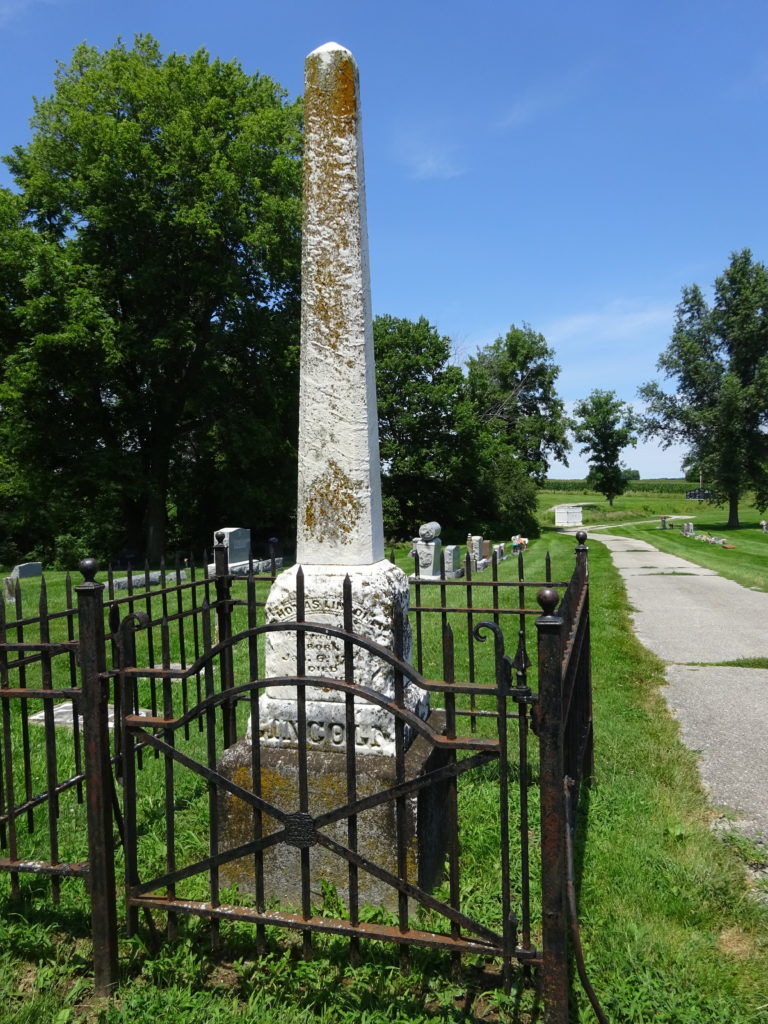 George Balch, a local farmer and poet who knew Thomas and Sarah Lincoln, wrote a poem years later to bring public attention to the neglected condition of the grave. A portion graces the waymarker sign; the following presents the entire poem.
George Balch, a local farmer and poet who knew Thomas and Sarah Lincoln, wrote a poem years later to bring public attention to the neglected condition of the grave. A portion graces the waymarker sign; the following presents the entire poem.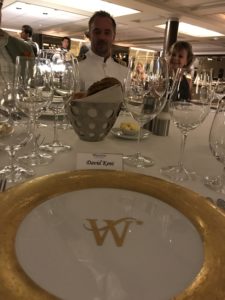 One of the many thrills from my most recent
One of the many thrills from my most recent 

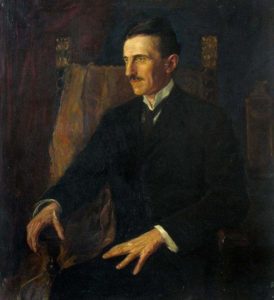 During his illustrious scientific career, Nikola Tesla developed many inventions that changed the world, including his unique design for a rotating magnetic field motor that enabled the use of alternating current on a commercial basis, wireless communication across vast distances, and even early “shadowgraphs,” precursors to X-rays. He also made forays into areas that, while he did not succeed in commercializing, set the stage for future developments, including wireless remote control of boats and other devices (robotics). Tesla did make some grandiose claims that did not come to fruition, the biggest of which included the wireless transmission of power through the Earth, plus a directed energy weapon. He also claimed to have communicated with intelligent beings from the planet Venus or Mars.
During his illustrious scientific career, Nikola Tesla developed many inventions that changed the world, including his unique design for a rotating magnetic field motor that enabled the use of alternating current on a commercial basis, wireless communication across vast distances, and even early “shadowgraphs,” precursors to X-rays. He also made forays into areas that, while he did not succeed in commercializing, set the stage for future developments, including wireless remote control of boats and other devices (robotics). Tesla did make some grandiose claims that did not come to fruition, the biggest of which included the wireless transmission of power through the Earth, plus a directed energy weapon. He also claimed to have communicated with intelligent beings from the planet Venus or Mars. I was traveling. That’s my excuse for being a bit tardy on this wrap of the year in science traveling, 2018. And what a year of traveling it was, with 8 new countries visited, plus a lot of domestic travel. Click on the links for stories about some of the stops.
I was traveling. That’s my excuse for being a bit tardy on this wrap of the year in science traveling, 2018. And what a year of traveling it was, with 8 new countries visited, plus a lot of domestic travel. Click on the links for stories about some of the stops. The end of June put me on a
The end of June put me on a  Three days later we flew out to
Three days later we flew out to 








